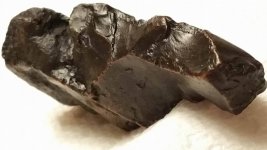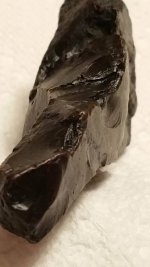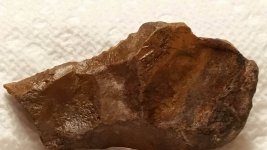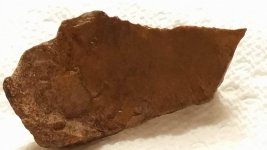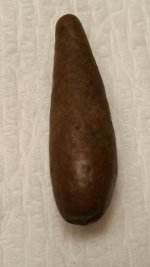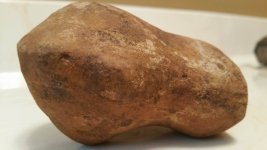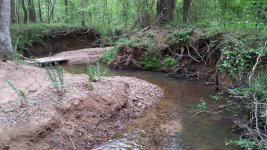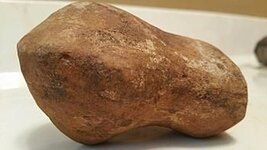BearCreek
Sr. Member
The first 4 pics are the full-size pics of the objects in my previous post. I included pics 5 and 6 to show the other type of things I'm finding. They are very smooth so how do you tell if they are smoothed by man or the creek? I also included a pic of where I found them. It is a steep curve in our creek that washes up rock bars and has a deeper pool thata washed up a large sand and rock mound. It is in NW Georgia. It originates in the Blue Ridge Mts. and drains into a large river not far from our property. Thank you so much for your help!
Amazon Forum Fav 👍
Attachments
Upvote
0


